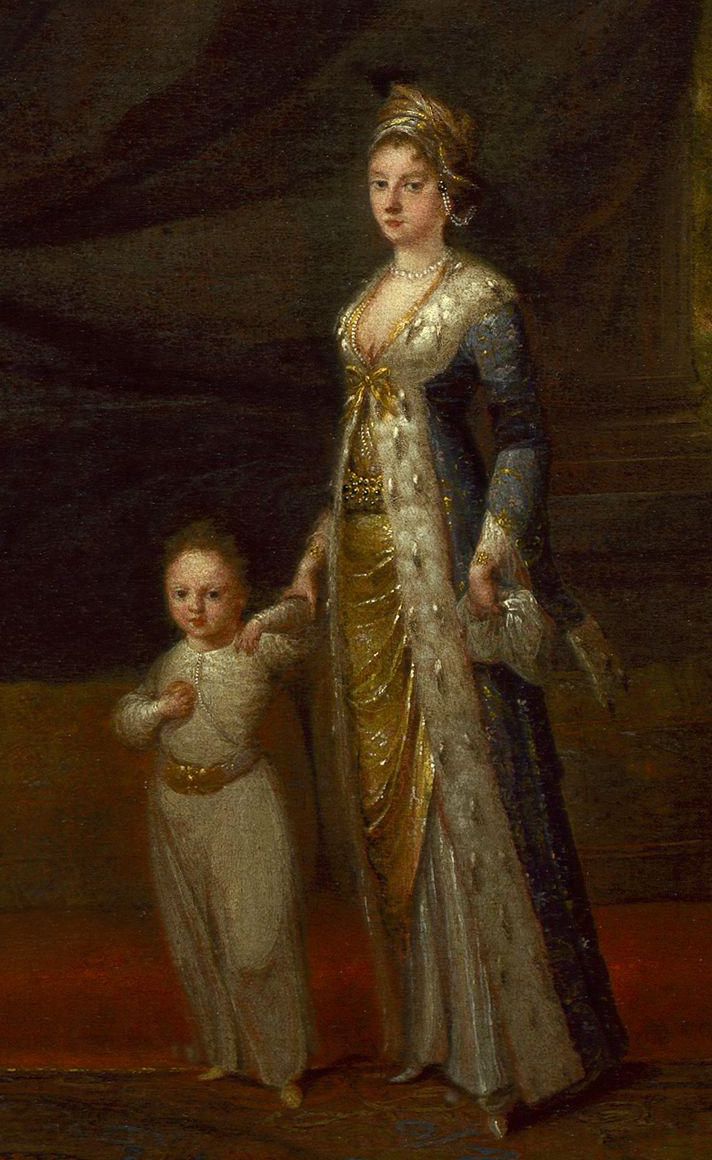
At a time when the miraculous success of vaccines against SARS-CoV-2 has transformed the battle against the pandemic, it is fitting to recall that the general idea behind vaccination was brought to the attention of the western world, not by brilliant and privileged professors, but by a black slave and a woman.
His name was Onesimus and he lived in Boston, as the property of Cotton Mather, a well-known puritan preacher. Her name was Lady Mary Wortley-Montagu, the literary wife of the British ambassador to Constantinople.
Some time around 1715 Onesimus seems to have told Mather that back in West Africa people were in the habit of deliberately infecting children with a drop of “juice of smallpox” from a survivor, thus making them immune. Mather then came across a report to the Royal Society in London from an Italian physician, Emmanuel Timoni, working in the Ottoman court in Constantinople, which described the same practice in combating smallpox. The Ottomans had got the idea from either China or Africa.
Six years later, in April 1721, when smallpox reached Boston in a ship called the Seahorse, and efforts to quarantine its crew proved in vain, Mather wrote to 14 doctors begging them to try inoculation. Thirteen ignored him but one, Zabdiel Boylston, did not. On 26 June 1721, almost 300 years ago, Boylston deliberately scratched the skin of his six year old son with a needle dipped in the pus from a smallpox survivor’s spots. He then did the same “variolation” to his slave and his slave’s two-year-old son. Imagine how brave, even foolhardy, this act was.
All three survived after mild bouts of the disease. Boylston then began inoculating other volunteers, and by November he had variolated 247 people. Six of these died. On 25 November he inoculated 15 members of Harvard University. The epidemic was by then raging in Boston, over 400 people having died in October alone.
News of Boylston’s experimental treatment caused fury among the Boston townspeople. Doctors denounced him. “Some have been carrying about instruments of inoculation, and bottles of poisonous humor, to infect all who were willing to submit to it. Can any man infect a family in the morning, and pray to God in the evening that the distemper will not spread?” thundered one. The Boston city council summoned Boylston to account for his crime and the mob descended on him. He hid in a closet for nearly two weeks to escape lynching. It is not easy being an innovator.
At almost the same time in Britain, a brave woman pioneer, Lady Mary Wortley Montagu, was introducing variolation to London society, having learnt of the practice while in Constantinople as the wife of the ambassador. She too was the subject of fierce denunciation.
On 1 April 1718 she wrote to her friend Sarah Chiswell from Turkey with a detailed account of inoculation:
“The smallpox, so fatal and so general amongst us, is here entirely harmless by the invention of engrafting, which is the term they give it. There is a set of women who make it their business to perform the operation . . . When they are met (commonly fifteen or sixteen together) the old woman comes with a nutshell full of the matter of the best sort of smallpox, and asks what veins you please to have opened. She immediately rips open that you offer to her with a large needle (which gives you no more pain than a common scratch) and puts into the vein as much venom as can lie upon the head of her needle . . . There is no example of any one that has died in it, and you may believe I am well satisfied of the safety of the experiment, since I intend to try it on my dear little son. I am patriot enough to take pains to bring this useful invention into fashion in England.”
Lady Mary did indeed engraft her son Edward, then watched anxiously as the pustules cratered his skin. It was a brave moment, but he soon recovered. On her return to London she inoculated her daughter as well, and became infamous for championing inoculation. In 1722 the Prince of Wales inoculated his own children. Dr William Wagstaffe denounced the practice: “Posterity will scarcely be brought to believe that an experiment practised only by a few ignorant women amongst an illiterate and unthinking people should on a sudden – and upon a slender Experience – so far obtain in one of the politest nations in the world as to be received into the Royal Palace.”

In due course Edward Jenner replaced variolation with the safer practice of vaccination – using the harmless cowpox virus to protect children against smallpox. Vaccination conquered smallpox so comprehensively that by the 1970s the disease – once the greatest taker of human lives on the planet – had died out altogether. The last case of the more deadly strain, Variola major, was in Bangladesh in October 1975. Rahima Banu, then three years old, survived and is still alive. The last case of Variola minor was in October 1977 in Somalia. Ali Maow Maalin, who was an adult when he caught it, also survived, working for most of his life on the campaign against polio, and dying in 2013 of malaria.
Vaccination was invented a long time before anybody understood how it works. Even today, we still face huge uncertainty in designing vaccines. This past year, in record time, using novel technology, scientists have developed a fleet of effective vaccines to prevent a disease, forcibly reminding the world of the incalculable value of innovation.
The pandemic is none the less a rebuke to the human race for not having done more in recent years to improve the speed and success rate of vaccine development. Until last year it was a surprisingly neglected technology, not profitable for pharmaceutical firms and taking second place to lifestyle interventions among public-health advocates recently. Vaccine development, warned Wayne Koff, president of the Human Vaccines Project, in 2019, “is an expensive, slow and laborious process, costing billions of dollars, taking decades, with less than a 10 per cent rate of success…There is clearly an urgent need to determine ways to improve not just the effectiveness of the vaccines themselves but also the very processes by which they are developed.”
Not all vaccines have been safe or effective, but the problems are nearly all in the past. Vaccines are now safe and life-saving medications. The antivaxxer movement is as mistaken the mob that went after Dr Boylston.
Matt Ridley is the author of provocative books on evolution, genetics and society. His books have sold over a million copies, been translated into thirty languages, and have won several awards. His latest book is How Innovation Works. Our favorite is of course The Rational Optimist.
Make sure you check out his excellent TED talk: When ideas have sex





